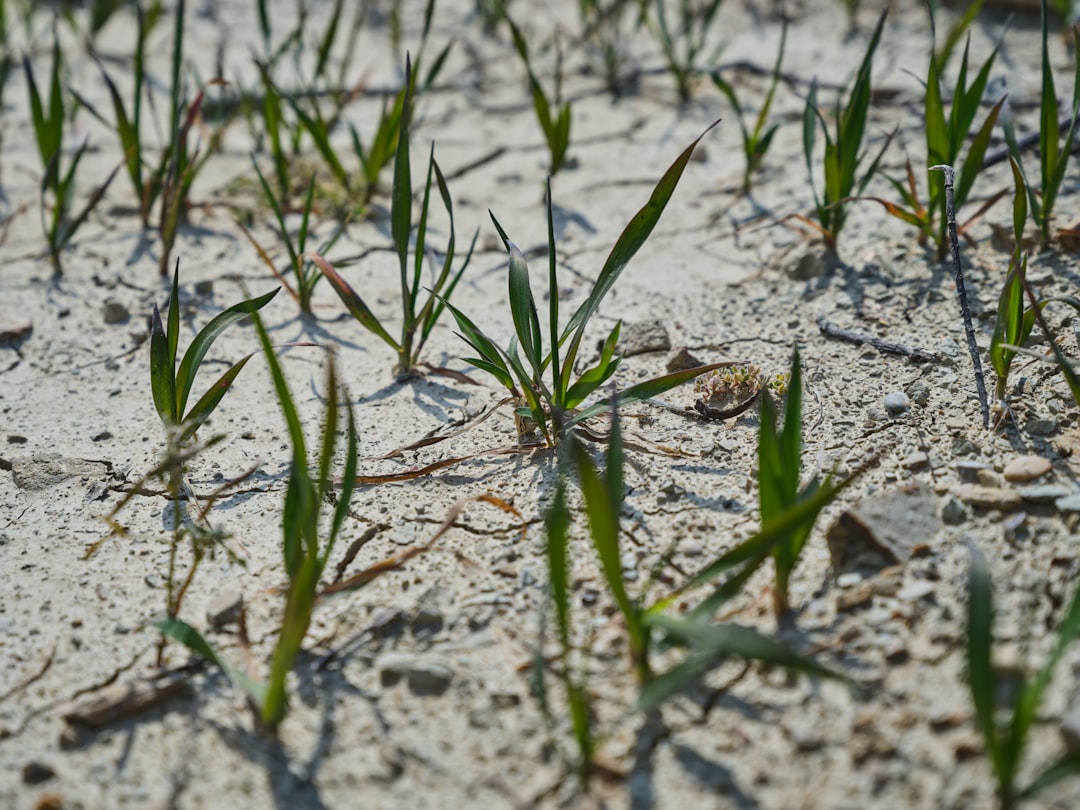What is it about?
The brain simultaneously receives information from several sensory systems, including the eye and the nose. Here we demonstrate for the first time a developmental constraint between these two sensory systems, where throughout evolution, the insect must favor either visual or olfactory investment (but not both).
Featured Image

Photo by Timothy Rhyne on Unsplash
Why is it important?
Understanding the constraints or restrictions for brain organization can better allow researchers to understand the general principles and guidelines for how ecology, development and evolution have shaped the immense animal diversity we see in nature.
Perspectives
As a chemical ecologist, it is easy to only see the world through olfactory biased lenses, where we emphasize the importance of chemical communication in nature. However, I hope this article opens up more scientific pursuits that combine the perspectives from several sensory modalities, such as visual, auditory and gustatory inputs, in order to generate a more holistic view of brain function and evolutionary forces.
Dr. Ian W. Keesey
Max-Planck-Gesellschaft zur Forderung der Wissenschaften
Read the Original
This page is a summary of: Inverse resource allocation between vision and olfaction across the genus Drosophila, Nature Communications, March 2019, Springer Science + Business Media,
DOI: 10.1038/s41467-019-09087-z.
You can read the full text:
Resources
Contributors
The following have contributed to this page










